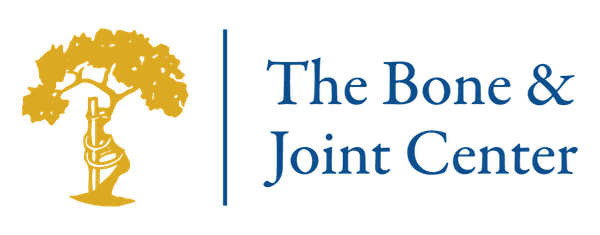Hallux Rigidus (Stiff Big Toe)
Introduction
Anatomy
Causes
Hallux rigidus most frequently occurs in people between the ages of 30 and 60. It appears to develop after a trauma, injury, or significant stress. Researchers do not know why some people develop hallux rigidus and others do not.
Symptoms
Hallux rigidus is a condition that gets worse over time. Eventually, it may be very difficult to move your big toe. It can affect your ability to walk, stand, and participate in your regular activities. Your toe may feel painful even when you are resting.
Diagnosis
Your doctor can diagnose hallux rigidus by reviewing your medical history and conducting an examination. X-rays will be taken to identify arthritis, bone spurs, and other structural abnormalities.
Treatment
Surgery
The toe joint may be removed and replaced with artificial implants, in a procedure called arthroplasty. Arthroplasty is used to restore motion and relieve pain. It can be a good option for older adults.
Recovery
Prevention

Copyright © - iHealthSpot Interactive - www.iHealthSpot.com
This information is intended for educational and informational purposes only. It should not be used in place of an individual consultation or examination or replace the advice of your health care professional and should not be relied upon to determine diagnosis or course of treatment.
The iHealthSpot patient education library was written collaboratively by the iHealthSpot editorial team which includes Senior Medical Authors Dr. Mary Car-Blanchard, OTD/OTR/L and Valerie K. Clark, and the following editorial advisors: Steve Meadows, MD, Ernie F. Soto, DDS, Ronald J. Glatzer, MD, Jonathan Rosenberg, MD, Christopher M. Nolte, MD, David Applebaum, MD, Jonathan M. Tarrash, MD, and Paula Soto, RN/BSN. This content complies with the HONcode standard for trustworthy health information. The library commenced development on September 1, 2005 with the latest update/addition on February 16, 2022. For information on iHealthSpot’s other services including medical website design, visit www.iHealthSpot.com.

